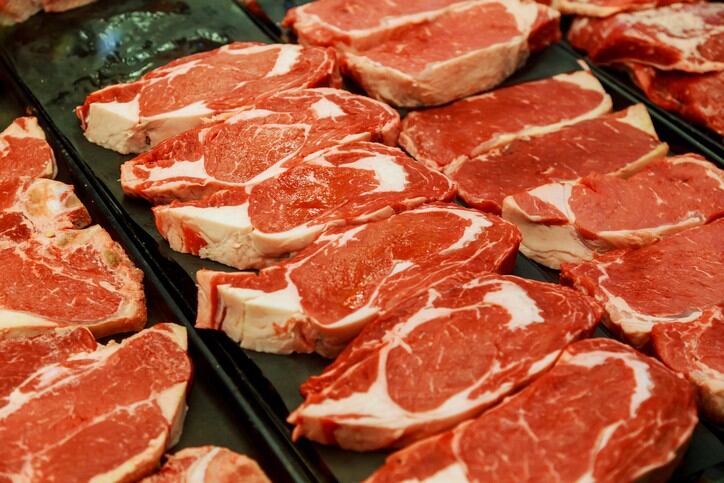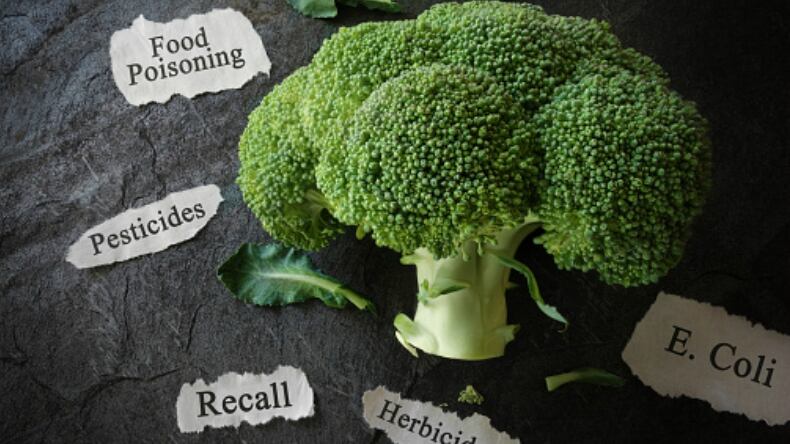According to by Asia Research and Engagement’s (ARE) report ‘Charting Asia’s Protein Journey’, meat and seafood consumption in Asia will rise 33% by 2030, and 78% from 2017 to 2050.
“This will take place on the back of higher urbanisation rates, [economic growth, rising incomes] and growing wealth in emerging Asian countries,” said the report authors.
“Asia’s rapidly growing middle class is fuelling an increase in protein consumption,” added Robert Appleby, Founder and Partner, ADM Capital.
“An interesting landscape has developed as countries without adequate resources […] to feed their populations have turned their attention to domestic food security, [via] cross-border purchases of agribusiness companies in countries with sufficient resources […] and the ability to [export] foods.
“This global strategy to achieve food security acknowledges the significant increase in protein consumption with population growth and affluence.”
Additionally, the report revealed that by 2050, China’s total contribution to the Asian region will drop to 50%, as compared to its current 70%.
“[Other] emerging and frontier markets will be the main contributors to additional meat and fish demand,” stated the authors.
“Pakistan, Philippines, Vietnam and Thailand [are the four most populated countries and] set to lead demand growth for Rest of Asia (this excludes China, Bangladesh, Indonesia, South Korea, India, Japan), making up over 70% of this group.
“[In particular, we expect] Pakistan’s relative weight in the group to increase to approximately 36% by 2050 from 30% at present.”
Other protein consumption trends in Asia
That said, protein consumption trends in Asia are not necessarily driven by population growth or size.
This is evidenced by the report’s findings that Indonesia’s consumption will overtake India’s within the next 20 years.
India’s population is some five times that of Indonesia per capita GDP is predicted to increase at a faster pace (over the forecast period).
“In our projections, Indonesia’s total meat and seafood supply will grow by nearly three times between 2018 and 2050 — a much faster pace than the 60% expected for India over the same period,” said the authors.
“This faster pace will result in Indonesia’s meat consumption overtaking India’s by 2036 at around 7.5 million tonnes.”
The report speculates that this is due to a ‘cultural aversion towards meat consumption’ in India, and higher income levels in Indonesia.
In addition, poultry has emerged as the most preferred protein type in Bangladesh, India and Indonesia, whereas East Asian countries still show a clear preference for pork.
“East Asia typically favours pork over other types of meat, accounting for about 63% of total meat consumption (excluding fish) in China and 52% in Korea — respectively about three and two times the amount of the second meat type consumed,” said the report.
“Japan’s meat preferences are more balanced, with pork consumption representing 42% of the total (excluding fish), followed by poultry at 39%.”
That said, a marked evolution in Japan’s protein tastes was also highlighted in the report.
Fish, traditionally one of Japan’s largest protein consumption sources via local products such as sushi and sashimi, is on a downturn.
“[Fish] consumption [in Japan] has steadily declined […] from nearly 70% of total animal protein consumption (including animal-derived products such as dairy and eggs) in the early 1960s to about 38% in 2014,” it said.
“At this pace of change, meat protein will match fish protein consumption by the end of the decade.”
Taiwan and Mongolia have also seen declines in meat and seafood consumption. The authors surmised that this is due to health consciousness in the former, and urban migration leading to wider food opportunities in the latter.





